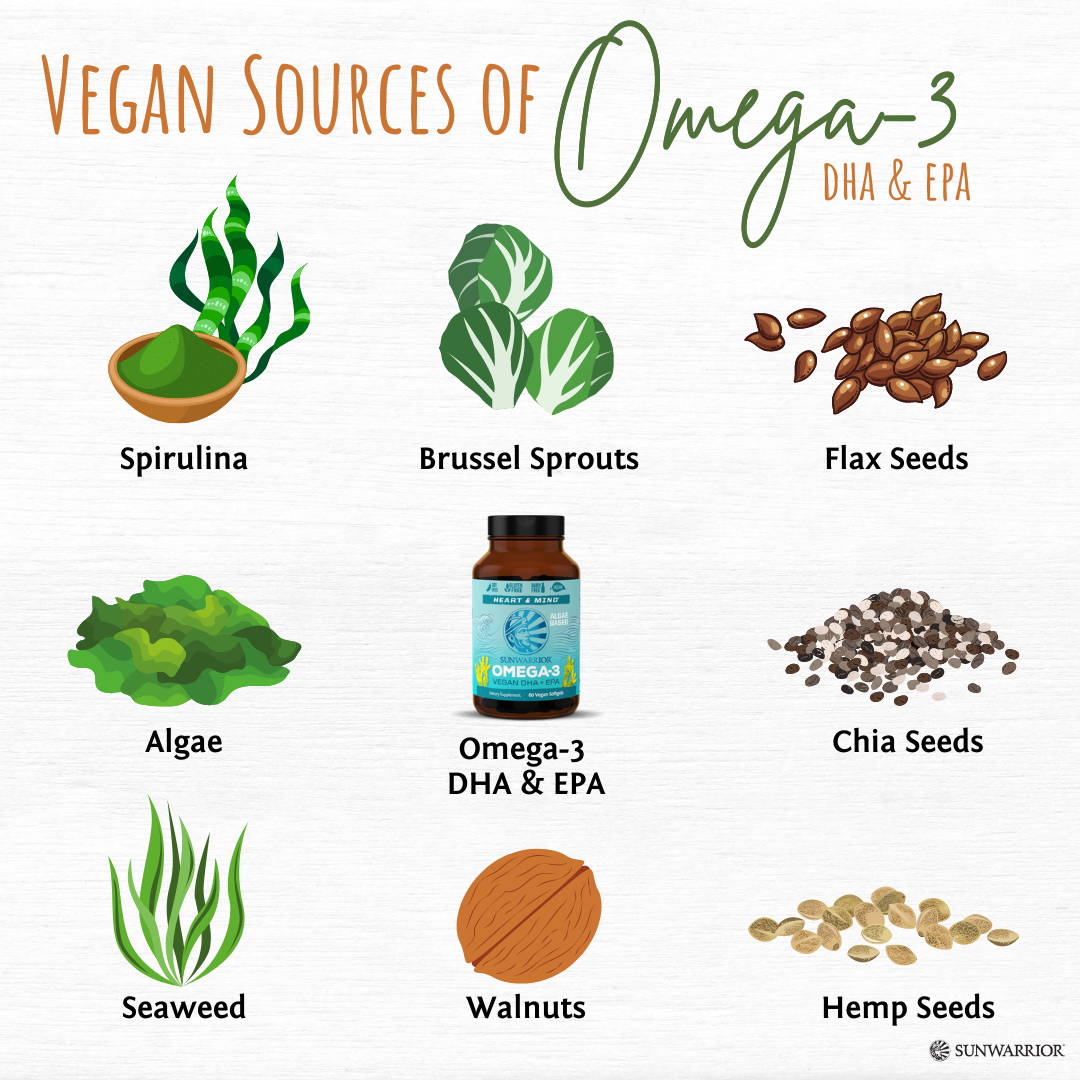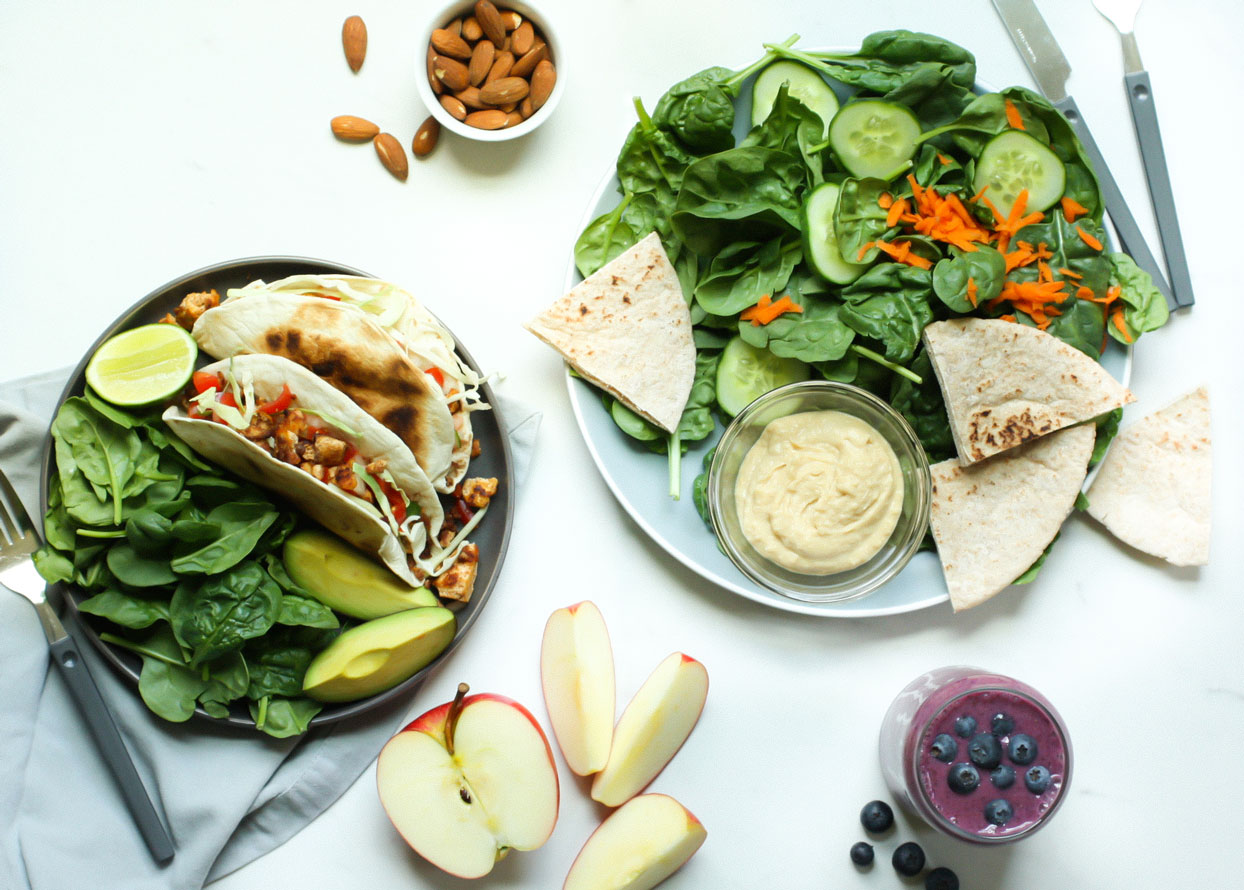
You can create your own vegan salad from a wide range of ingredients. These can be made from fruit, vegetables or whole grains. Here are some ideas for your first salad: Chickpea Salad - This plant-based salad begins with a can of chickpeas. You will then add red peppers, cucumbers and olive oils to the mix. This salad is great for lunch and dinner, and it pairs well with pita triangles. This salad is topped with fresh mint and crushed pistachios.
Beans
Beans can be used to make a delicious, vegan salad. These salads can be made quickly with only a few simple ingredients. Cannellini beans are available in any flavor. Use low-sodium varieties to make your salad healthier.

Whole grains
Whole grains make an excellent addition to any kind of salad. These nutritious grains provide fiber, protein, as well as bulk. They can also be cooked ahead and added to salads at the last moment. Whole grains can be stored in the refrigerator up to a week.
Fruit
A fruit mix can contain a variety of fruits in different colors. Although tangerines make a good choice, there are other options. You should ensure that the fruit you choose is fresh and fully ripe. A bowl is also a nice way to present the fruit salad. Choosing fruits of different colors is important because each color contains different vitamins and minerals.
Tofu
There are several ways to use tofu in a vegan salad. It can be used in the same way as regular eggs, and can also be used to make vegetable wraps and sandwiches. It can be used as a dip with bread or crackers. You can use a tofu press it with heavy objects.
Chickpeas
You can make a vegan tuna salad using canned chickpeas. Vegenaise will make it creamier. You can also add dill pickles, or dill relish. You can also add chopped vegetables. The salad can be served over lettuce or bread, and you can also take it with you on a picnic.

Tempeh
It's easy to add protein and flavor by using tempeh in a vegan salad. It doesn't matter if the tempeh has been smoked, marinated or seasoned with barbecue sauce. This salad can be made using a variety ingredients and served with different dressings.
FAQ
Which lifestyle is best for your health?
The healthiest lifestyle to live is one where you eat healthy food, exercise regularly, sleep well, and avoid stress. These guidelines will help you live a long, healthy life.
Small changes to your diet or exercise routine can help you start losing weight. For example, if you want to lose weight, try walking for 30 minutes every day. You can also take up dancing or swimming if you are looking to be more active. You could also join an online fitness program like Fitbit or Strava that tracks your activity levels.
What are the top 10 healthy habits?
-
Breakfast is a must every day.
-
Don't skip meals.
-
Keep a balanced diet.
-
Get lots of water.
-
Take care your body.
-
Get enough sleep.
-
Stay away from junk foods.
-
Do some form of exercise daily.
-
Have fun
-
Make new friends
What is the distinction between a calories and a kilogramcalorie?
Calories are units used to measure the amount of energy in food. Calories are the unit of measurement. One calorie contains the energy needed to raise the temperature of one gram of water by one degree Celsius.
Kilocalories can also be used to refer to calories. Kilocalories are measured as a thousandth of a calorie. 1000 calories, for example, equals one kilocalorie.
Exercise: Good and bad for immunity?
Exercise is good for your immune systems. Your body creates white blood cells, which are immune-boosting and fight infection. You can also eliminate toxins from the body. Exercise is a great way to prevent diseases such as cancer and heart disease. Exercise can help reduce stress.
But too much exercise can damage your immune system. If you work out too hard, your muscles become sore. This can cause inflammation, swelling, and even death. Your body then has to produce more antibodies to fight off infection. The problem is that these extra antibodies can cause allergies and autoimmune disorders.
So, don't overdo it!
What is the working principle of an antibiotic?
Antibiotics can be used to kill bacteria. To treat bacterial infections, antibiotics are used. There are many different types of antibiotics. Some are taken orally, some are injected, and others are applied topically.
Antibiotics are often prescribed to people who have been exposed to certain germs. To prevent shingles, an oral antibiotic may be prescribed to someone who has had chicken pox. An injection of penicillin may be necessary to prevent pneumonia if someone has strep.
Doctors should prescribe antibiotics to children. The possibility of side effects that can cause serious side effects in children is greater than for adults.
The most common side effect associated with antibiotics is diarrhea. Other side effects include dizziness, nausea and vomiting, dizziness, stomach cramps, dizziness, allergic reactions, dizziness, dizziness, stomach cramps, diarrhea, nausea, vomiting, allergy, headaches, dizziness, dizziness, dizziness, stomach cramps, and stomach cramps. These symptoms usually go away after treatment ends.
How often should i exercise?
A healthy lifestyle requires regular exercise. However, there's no time limit on how much you should exercise. Finding something that you love and sticking with it is the key.
It is a good idea to exercise at least three times per week. Then, you should aim to do between 20 and 30 minutes of moderate-intensity activity. Moderate intensity is when you still have to breathe hard after the workout. This type works out burns around 300 calories.
For those who prefer to walk, you can go for 10-minute walks four times a week. Walking is low-impact and easy on your joints.
Jogging is an alternative to running. You can do it for as little as 15 minutes each day. Running is an excellent way to lose weight and tone your muscles.
Begin slowly if your are new to exercising. Begin by doing 5 minutes of cardio each day, a few times per week. Gradually increase duration until you achieve your goal.
What should my diet consist of?
You should eat lots of vegetables and fruits. They are high in vitamins and minerals, which can help strengthen your immune system. Vegetables and fruits are high in fiber which helps to digest and fill you up. Aim to eat five to six servings of fruit or veg each day.
Make sure you drink plenty of water too. Water flushes toxins from the body and gives you a full feeling between meals. Drink about eight glasses each day.
Refined grains should be replaced with whole grains. Whole grains are rich in nutrients such as iron, zinc and magnesium. Refined grains are stripped of some of their nutritional value.
Avoid sugary beverages. Sugary drinks are loaded with empty calories and contribute to obesity. Instead, drink water, milk, or unsweetened Tea.
Avoid fast food. Fast food is very low in nutrition. While it might taste good, it won't give your body the energy it needs to function properly. Use healthier options, such as soups, sandwiches, salads, and pasta.
Limit your alcohol consumption. You can reduce your intake of alcohol by limiting the amount of empty calories. Limit the number of alcoholic beverages you consume per week to no more that two.
Red meat consumption should be reduced. Red meats contain high amounts of saturated fat and cholesterol. Lean cuts of beef or pork, lamb and chicken, as well as fish and turkey, are better choices.
Statistics
- WHO recommends reducing saturated fats to less than 10% of total energy intake; reducing trans-fats to less than 1% of total energy intake; and replacing both saturated fats and trans-fats to unsaturated fats. (who.int)
- WHO recommends consuming less than 5% of total energy intake for additional health benefits. (who.int)
- According to the 2020 Dietary Guidelines for Americans, a balanced diet high in fruits and vegetables, lean protein, low-fat dairy and whole grains is needed for optimal energy. (mayoclinichealthsystem.org)
- According to the Physical Activity Guidelines for Americans, we should strive for at least 150 minutes of moderate intensity activity each week (54Trusted Source Smoking, harmful use of drugs, and alcohol abuse can all seriously negatively affect your health. (healthline.com)
External Links
How To
How to Live a Healthy Lifestyle
A healthy lifestyle is one where you are able to maintain your weight, your health and your fitness level. It is a lifestyle that involves eating healthy, exercising regularly and avoiding drugs, alcohol, nicotine, and tobacco. Healthy lifestyles help you to feel great about yourself, stay active, and be healthy. A healthy lifestyle can help reduce your risk of developing chronic diseases such as heart disease, strokes, diabetes, cancer and osteoporosis.
This guide will help you live a healthier, more fulfilling life. The introduction was the first portion of the project. It describes the benefits of living a healthy life, what it means, and who we should be. The body paragraphs contain tips on how you can maintain a healthy lifestyle. The conclusion summarizes the article and offers additional resources if necessary.
I was able to learn how concisely and clearly I could write my paragraphs through this assignment. Also, I learned how my ideas could be organized into topic sentences or supporting details. Additionally, I learned how to organize my ideas into topic sentences and supporting details. Finally, I learned how to properly use grammar when writing.